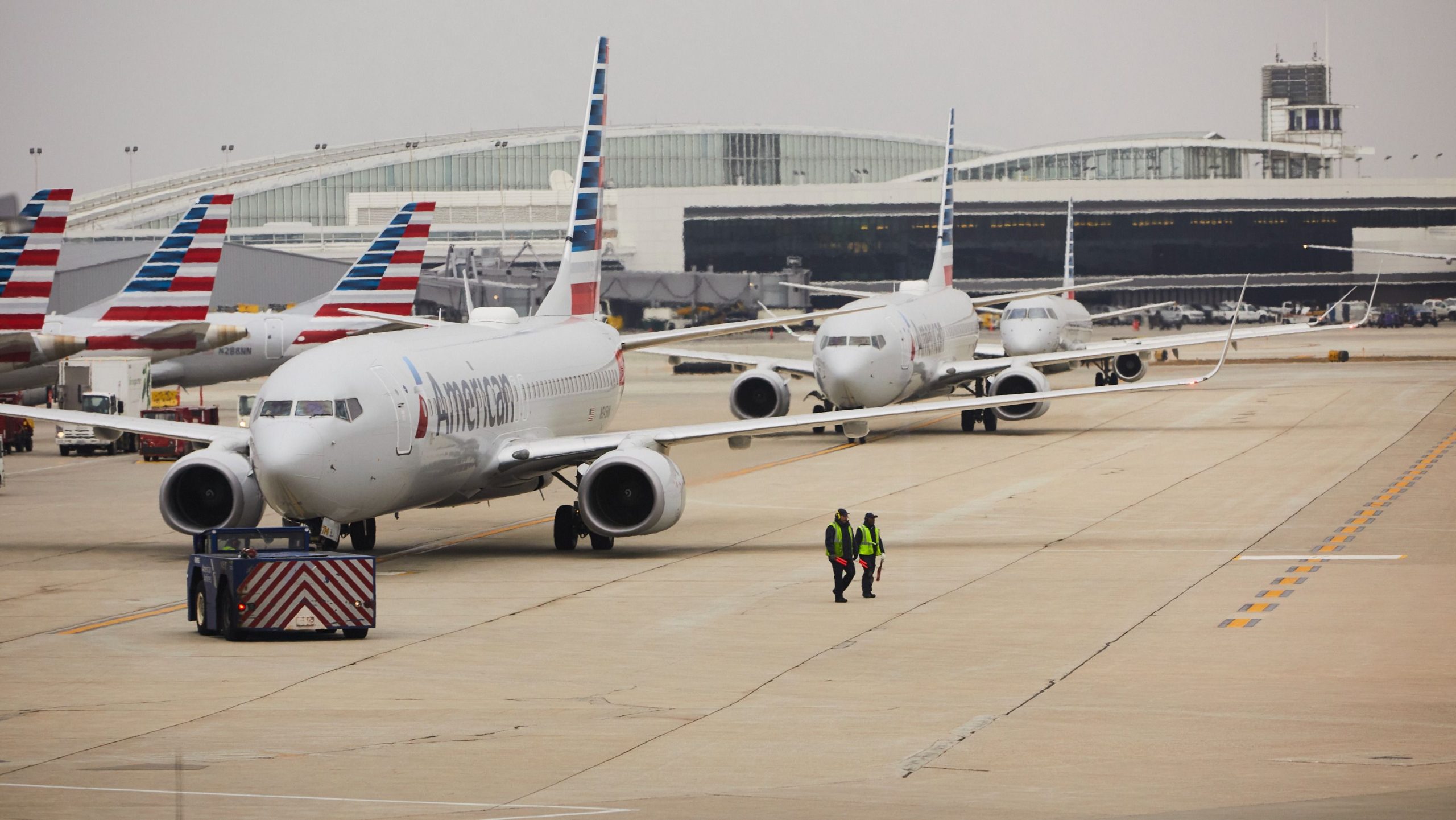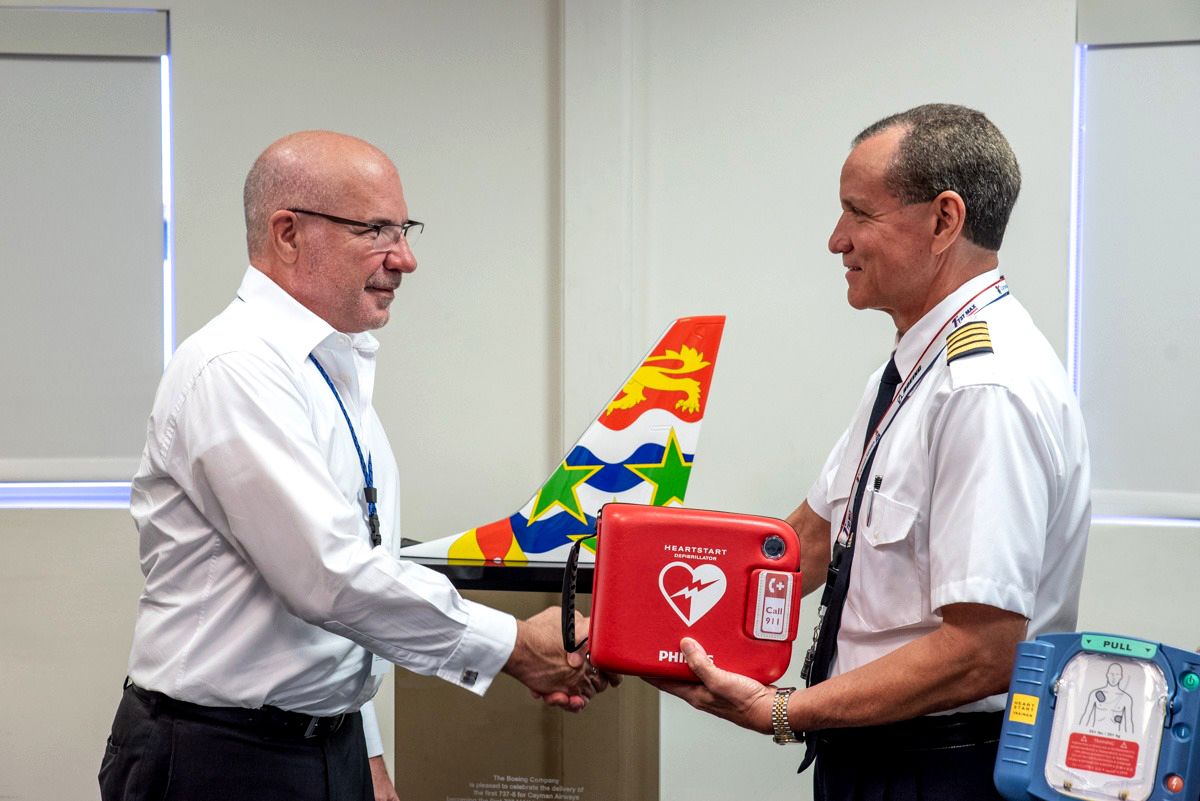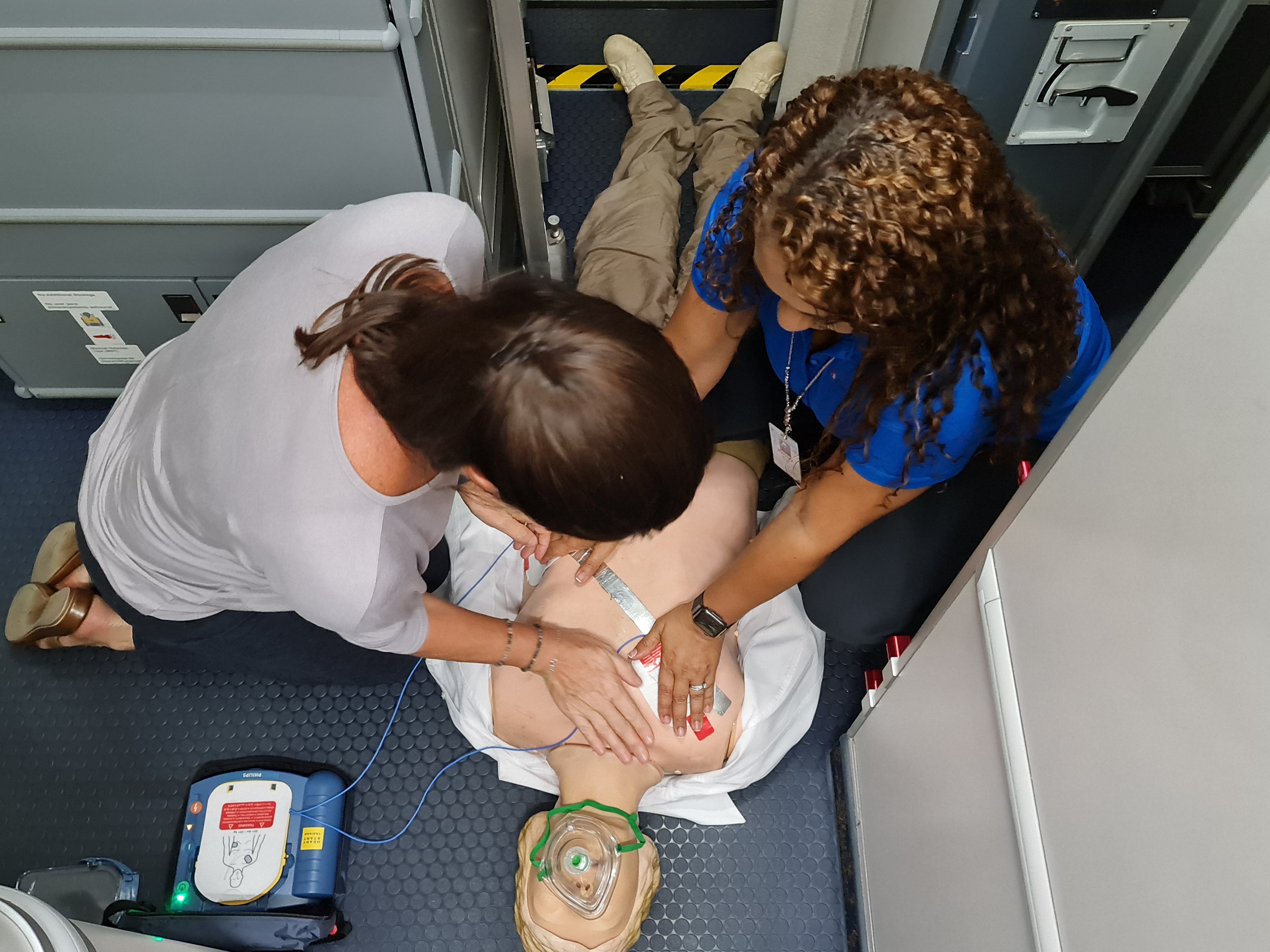Summary
- Defibrillators have become commonplace in many settings, including on airplanes.
- Individuals do not need specific training to use a defibrillator, as the device will provide audible instructions.
- Flying can be risky for individuals with heart conditions due to decreased oxygen levels at high altitudes.
The simple answer to whether or not airlines have defibrillators onboard is yes, but it was not always the case. While the defibrillator can trace its history back to the late 1940s, it did not even become commonplace in hospitals until 1980, when the first implantable cardioverter-defibrillator ICD was introduced at Johns Hopkins Hospital in Baltimore.
The modern portable automated external defibrillator (AED) we know today can be found in many settings, such as hospitals, schools, public buildings, shopping malls, and, yes, onboard an aircraft.
What is a defibrillator?
A defibrillator is a medical device designed to apply an electric charge to help restore a normal heartbeat. If a person’s heartbeat stops due to cardiac arrest, a defibrillator may help get the heart beating again, though performing CPR on an individual in this situation may also be advised.
Photo: Cayman Airways.
You do not need training
Individuals do not need to be specially trained to operate a defibrillator. Once it is turned on, it will instruct you how to use it. The device will automatically check the person’s heart rhythm and tell you whether it needs to be used.
How to use a defibrillator:
- Press the green button to turn it on and follow the instructions.
- Peel off the sticky pads and stick them on the side of the person’s chest, as seen in the picture on the defibrillator.
- Once the pads are attached, stop CPR and wait for the defibrillator to check the person’s heart rate and tell you if it needs to be used.
- If it must be used, the defibrillator will tell you to press the shock button. Some defibrillators are automatic, so do not touch the patient once the pads are attached.
- Once the electric shock is delivered, the defibrillator will tell you if and when it is safe to resume CPR.
- Continue the chest compressions until you see signs of life or the defibrillator tells you to stop.
Flying can be dangerous if you have a heart condition
The pressurization of an airliner cabin is equivalent to being at an altitude of between 5,000 and 8,000 feet. While at sea level, a person’s blood oxygen level is around 90%. At altitude, there is less oxygen in the air, and the blood oxygen level diminishes to approximately 70%. This can cause a problem for people with heart conditions.
Photo: Cayman Airways.
American Airlines corporate medical director David McKenas knew this, and in 1997, convinced CEO Bob Crandall to put defibrillators in all American Airlines aircraft and to train the cabin crew how to use them. In 2004, the Federal Aviation Authority (FAA) mandated that all commercial airliners in the United States have a defibrillator and that the crew be trained to use it.
The first airline to make defibrillators a part of their onboard medical equipment and first aid kit was the former London Gatwick Airport (LGW)-based British Caledonian in 1986. Despite not being mandatory, all UK airlines carry defibrillators on their aircraft, including Jet2 and Ryanair, following the death of two passengers due to heart attacks.
In 2021, the European Union Aviation Safety Agency (EASA) ruled that all European carriers have at least one defibrillator onboard each aircraft and at least one trained crew member to use it. Almost every airline in the Middle East and Asia has a defibrillator onboard their aircraft.
While nearly all airlines now have defibrillators and cabin crew trained to use them for peace of mind, check with the airline you are traveling with before you book your flight.
Sources Binghampton University and the British Heart Foundation



